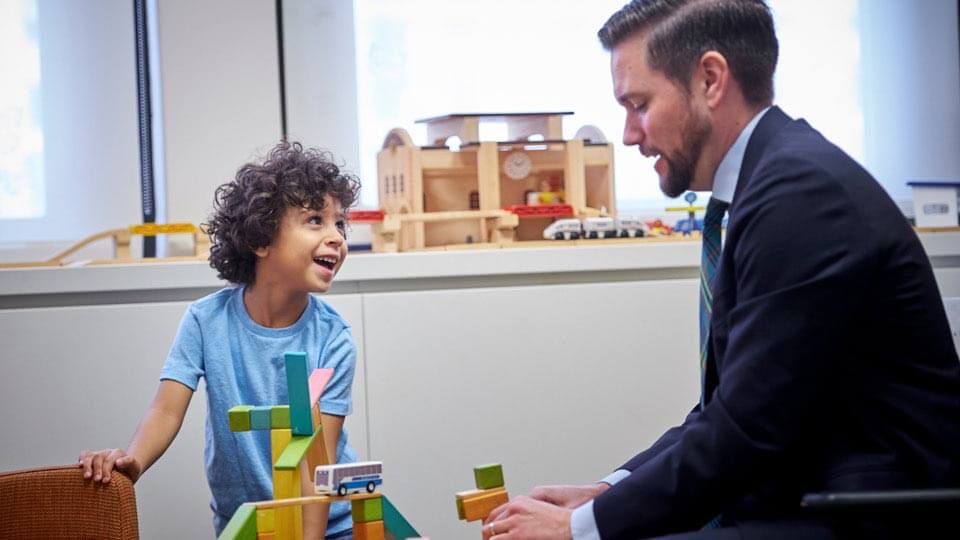
Applied Behavior Analysis
Applied behavior analysis is a natural science approach to understanding behavior. ABA is the use of behavior analytic methods and research findings to change socially important behaviors in meaningful ways. Autism is only one of many areas in which behavior analysis has been applied successfully. ABA is a methodology used to optimize the learning environment for children with Autism Spectrum Disorders. The main purpose is to teach children how to learn. Behavioral training teaches people of all ages how to communicate appropriately. This type of training can reduce behavior problems and improve adaptation skills.
Behavioral analysis is a scientifically validated approach to understanding behavior and how it is affected by the environment. In this context, “behavior” refers to actions and skills. Behavior analysis focuses on the principles that explain how learning takes place.
Positive reinforcement is one such principle. When a behavior is followed by a reward, the behavior is more likely to be repeated. Through decades of research, the field of behavior analysis has developed many techniques for increasing useful behaviors and reducing those that cause harm or interfere with learning. The use of these techniques and principles brings about meaningful and positive change in behaviors.
Since the 1960s, therapists have been applying behavior analysis to help children with autism and related developmental disorders. Today, ABA is widely recognized as a safe and effective treatment for autism. It has been endorsed by a number of state and federal agencies, including the U.S. Surgeon General. Over the last decade, the nation has seen a particularly dramatic increase in the use of ABA to help persons with autism live happy and productive lives.
In particular, ABA principles and techniques can foster basic skills such as looking, listening, and imitating as well as complex skills such as reading, conversing, and understanding another person’s perspective. Therapists will find functional replacements for problem behavior (replacing hitting to escape a task versus asking to be done yields the same result). We also modify clients environments to help them be more successful in their daily life.
ABA therapy is offered individually in the natural environment. The number of hours is determined by the individual plan of care.

